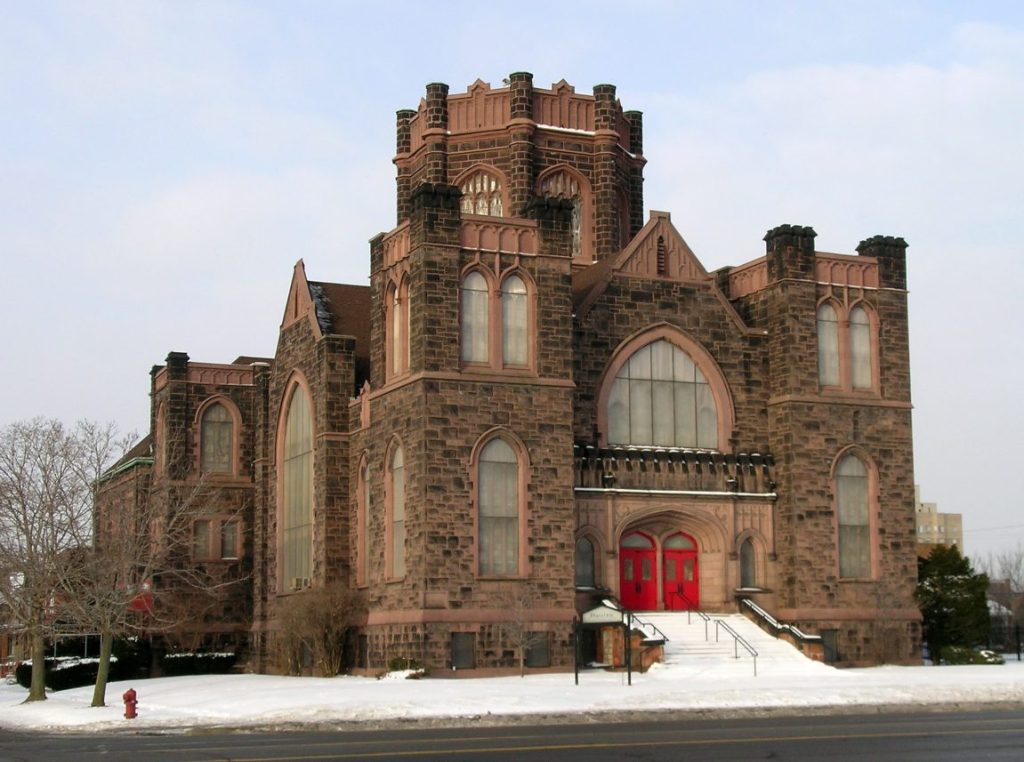Restoration of Detroit’s Historic Woodward Avenue Presbyterian Church

Located in the heart of Detroit, Michigan, the Woodward Avenue Presbyterian Church stands as a testament to both architectural grandeur and historical significance. As a beacon of English Gothic design, this church has long graced the city’s skyline, reflecting the rich tapestry of Detroit’s past. However, as urban landscapes evolve, so do the challenges faced by cherished landmarks like the Woodward Avenue Church. This article delves into the journey of preserving and restoring this iconic structure, exploring the intricate dance between history and revitalization.

Designed by architect Gordon W. Lloyd, the Woodward Avenue Presbyterian Church emerged in the late 1910s as a masterpiece of English Gothic architecture. Its soaring tower and intricate detailing captured the imagination of the city and became a hub of spiritual and cultural activities. For decades, it served as a central gathering point, hosting weddings, community events, and worship services that reflected the diverse tapestry of Detroit.

As the decades rolled on, the Woodward Avenue Church encountered its fair share of challenges. Shifting demographics, economic fluctuations, and changing urban dynamics led to a decline in the congregation and a strain on resources. Maintenance issues also began to cast a shadow on the church’s once-pristine façade. The question of how to preserve this architectural gem while adapting to the modern landscape became paramount.

Amidst the challenges, a passionate community of preservationists, historians, and local leaders rallied to ensure the survival of the Woodward Avenue Presbyterian Church. Initiatives for fundraising, awareness campaigns, and partnerships gained momentum, leading to conversations about potential restoration efforts. The goal: to restore the church to its former glory and breathe new life into its halls.

The restoration efforts for the Woodward Avenue Church serve as an inspiring example of embracing opportunities amid adversity. Plans for adaptive reuse have been explored, including transforming parts of the church into cultural and educational spaces, ensuring its relevance for generations to come. This approach not only preserves the physical structure but also revitalizes its role as a vibrant center for the community.

The Woodward Avenue Presbyterian Church’s journey from its inception as an architectural marvel to its current status as a symbol of resilience reflects the broader narrative of urban evolution. As Detroit continues to transform, the preservation of its historic landmarks becomes an essential thread connecting the past, present, and future. The tale of the Woodward Avenue Church serves as a reminder that while challenges may arise, the determination to restore and adapt can keep the flame of cultural heritage burning brightly for generations to come.
Image credits go to original owners.